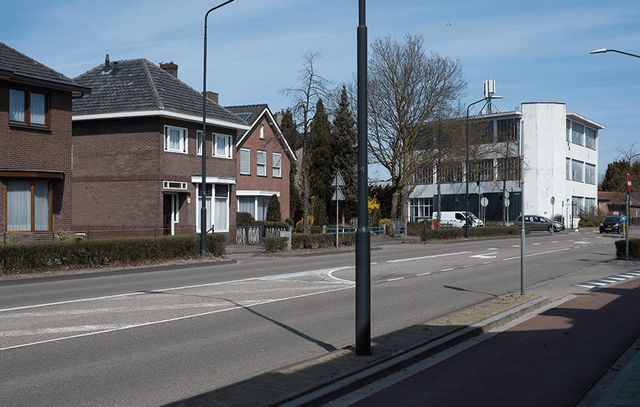Dommel / Boxweerpad
There was a lot of textile work on the Mierloseweg in Geldrop. The best-known example is Tweka. The knitwear factory is best known for the production of swimwear.
Drieka
In 1916, Jacques de Heer opened his own factory in Geldrop. The number of employees grew rapidly. In this factory, underwear was made according to the new tricot technique. Tricot was new in Geldrop at the time, but later De Heer decided to make bathing suits as well. This was a good decision. Due to its success, he introduced the name "Drieka", because of the three K's of kleurechtheid, keuze en kwaliteit (colourfastness, choice and quality).
Video about the Tweka
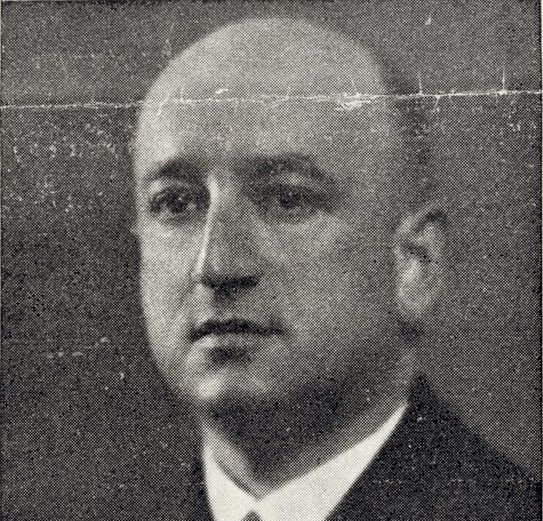
Bikinis
Bikinis became extremely popular from the 1960s on. This trend has been very important to Tweka. Tweka continued to develop as a fast-growing company. Shortly before the war, they employed more than 700 people. Export was extremely important; countries such as Belgium, Indonesia, Germany and the Scandinavian countries were major buyers. The war brought little good and afterwards, everything had to be rebuilt.
Interview with Thomas van Hoek
Production in Tunisia
It is becoming increasingly difficult to find people who want to work in the ready-to-wear workshops in the Netherlands and Belgium. That is why a production company is opened in Tunisia in 1972. Now it employs around 350 people who manufacture swimwear and other products according to Tweka's quality standards.
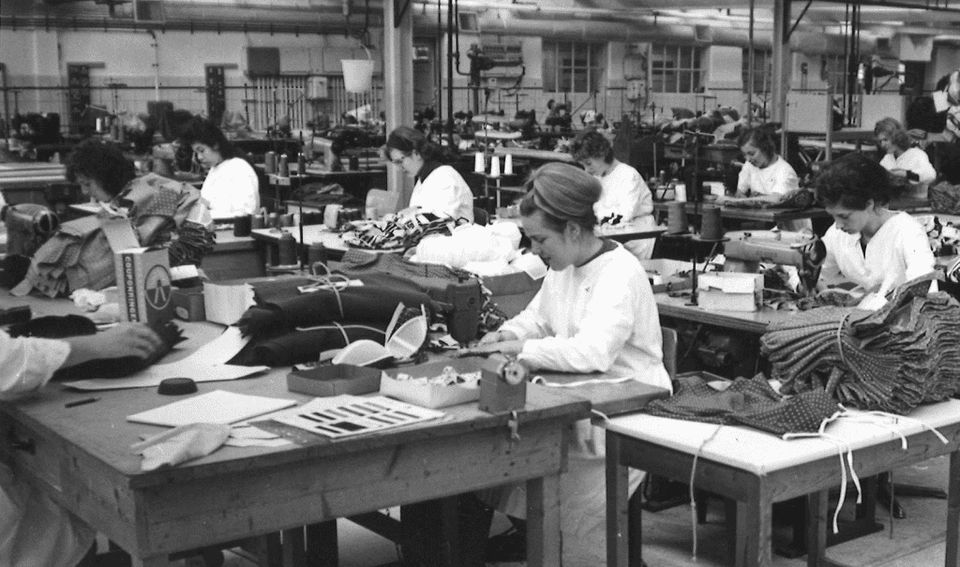
Music Corps
Tweka was special as a company because it already had social care, working conditions, medical care and leisure facilities before the Second World War. The tricot factory, for example, founded its own harmony in 1927: the Twekaharmonie. In 1928, the thirty men organised strong harmony tours through the village and performed at parties in the area. She also performed in 1932 during an international football match between the Netherlands and Belgium.
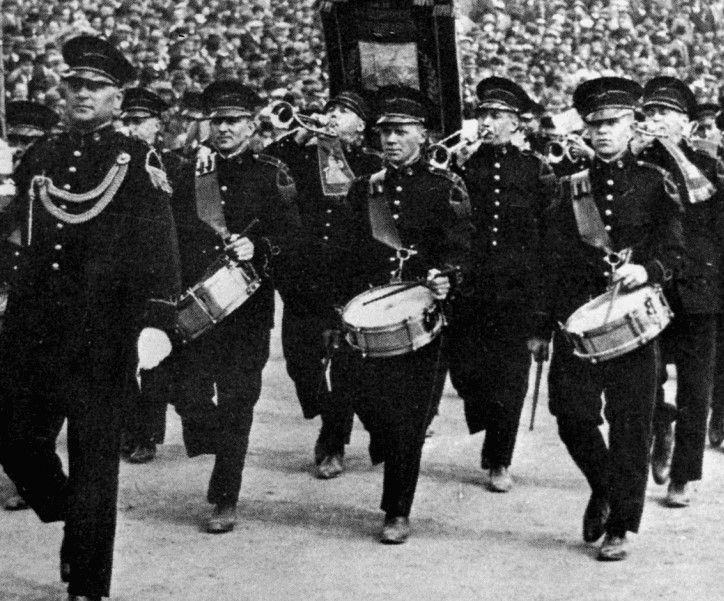
First Textile Factory
Heinrich von der Nahmer was one of the first to open a textile factory in Geldrop and to use steam power for production. Von der Nahmer's factory was located on the Mierloseweg. Three other textile factories were located on this street! The last company was A. van der Heijden & Zoon. The firm A. S. Eijcken on the Mierloseweg was taken over in 1897 by A. van der Heijden and Son.
Interview with Geert van Leenders, worked at A. van der Heijden & Son from the age of 15.
J.H. Brekelmans Expediter
The transport company of the Brekelmans family was also located on Mierloseweg: J.H. Brekelmans Freight Forwarder. This company had been in the family since 1887. First, coal was transported by horse and carriage. Later Brekelmans also transported textiles.
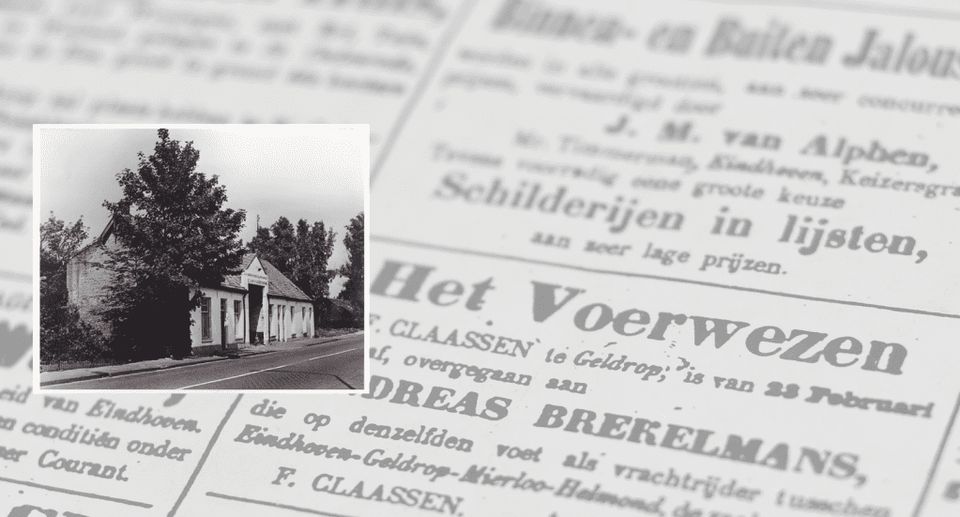
-
Weaving the Past with the Present - Mierloseweg
Unlike the residents of Geldrop Castle, the castle residents were Protestant. For them, a small church was built in 1874 opposite the gate of the Castle, on the corner of Hofstraat and Mierlosweg. When the traffic breach from Nieuwendijk to Mierlosweg was made, the church had to give way (1964).

-
Weaving the Past with the Present - Mierloseweg
The town hall is now on the right and the Hofdael apartment complex is further in the street.
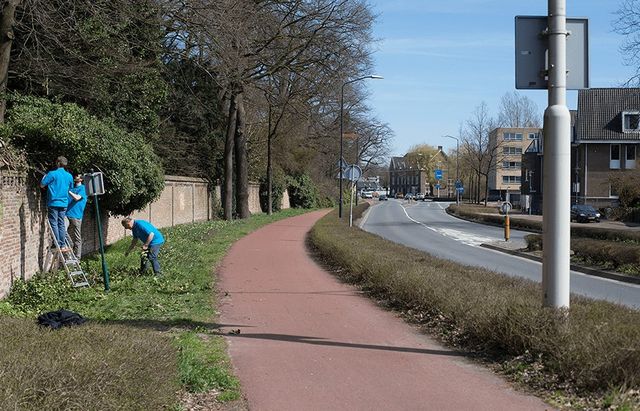
-
Weaving the Past with the Present - TWEKA
The first photo from the period 1930-1935 shows the Geldrop Tricotage factory TWEKA on the Mierloseweg. It was Geldrop's largest company. During the 60s of the last century, it employed over 700 people, producing hundreds of thousands of bathing suits. For those who are wondering what is on the sign on the left, it says 'Tram stop on request'.
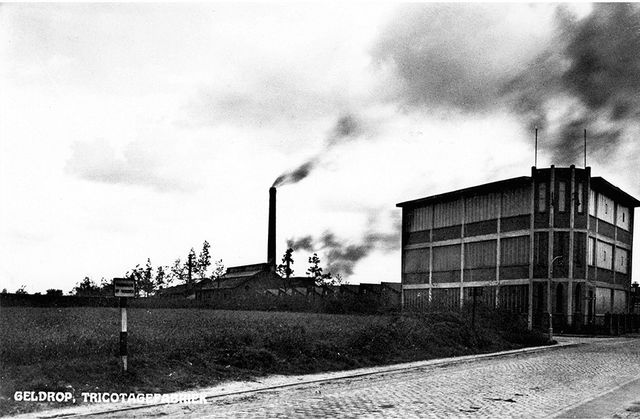
-
Weaving the Past with the Present - TWEKA
